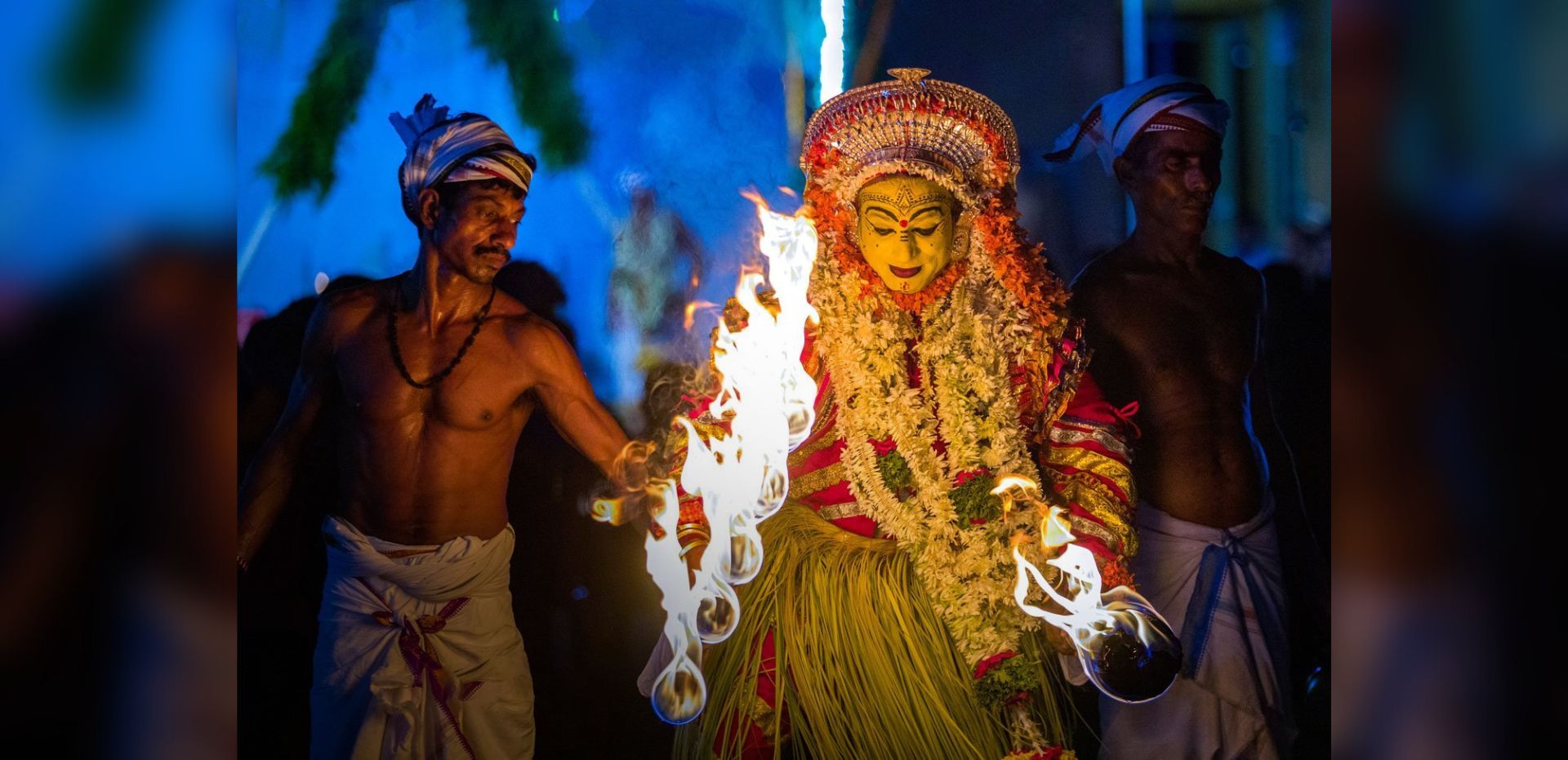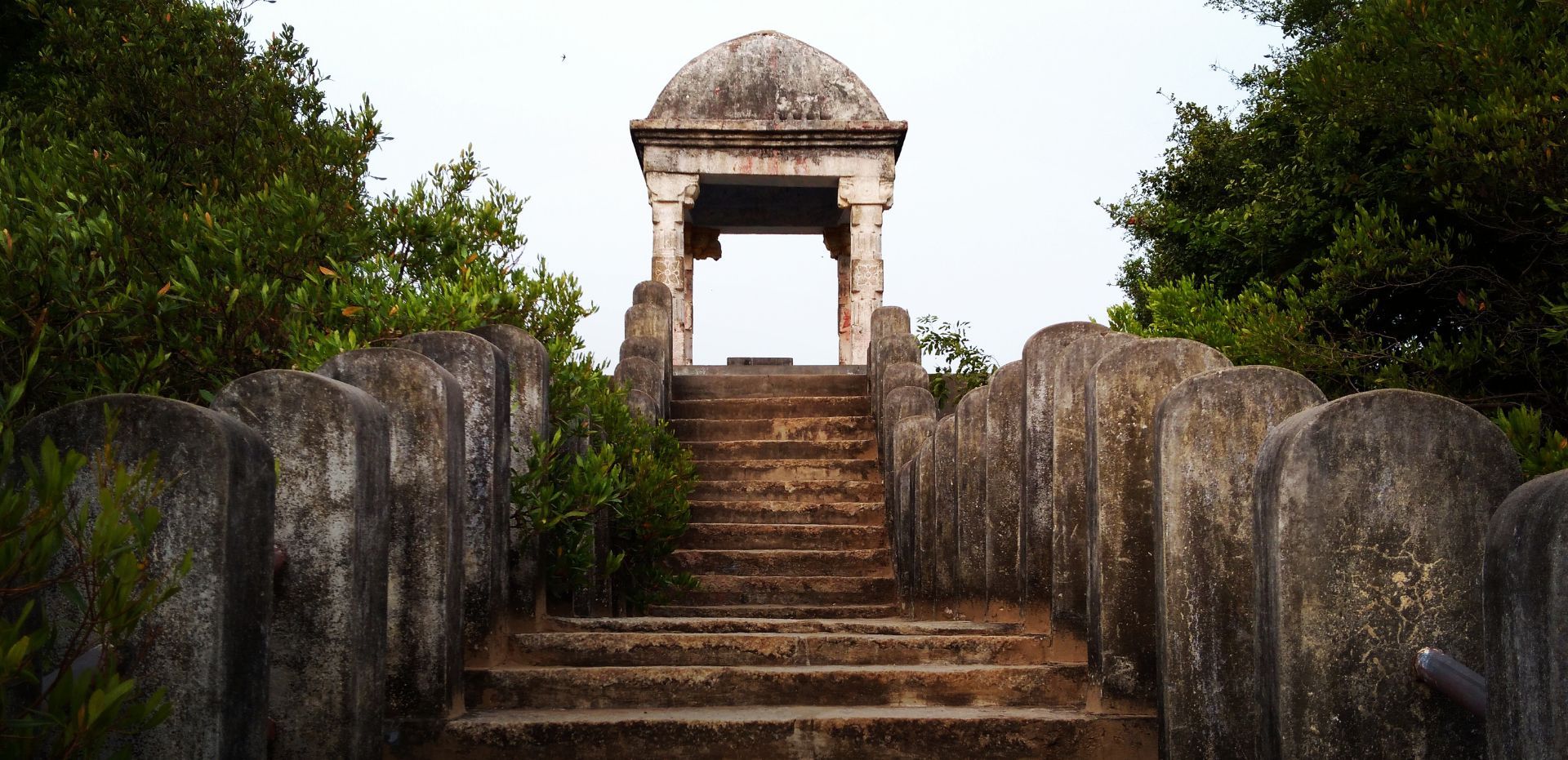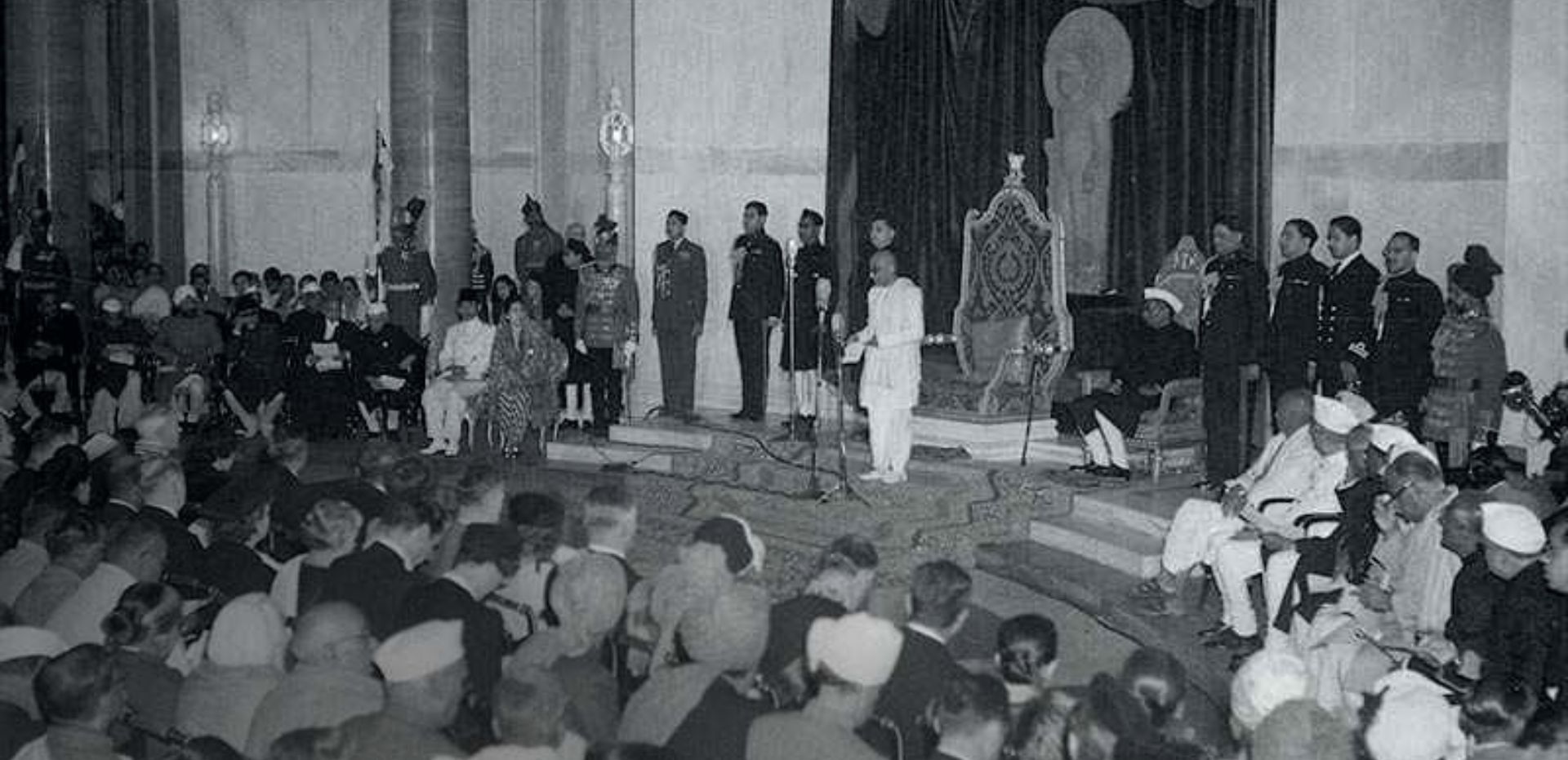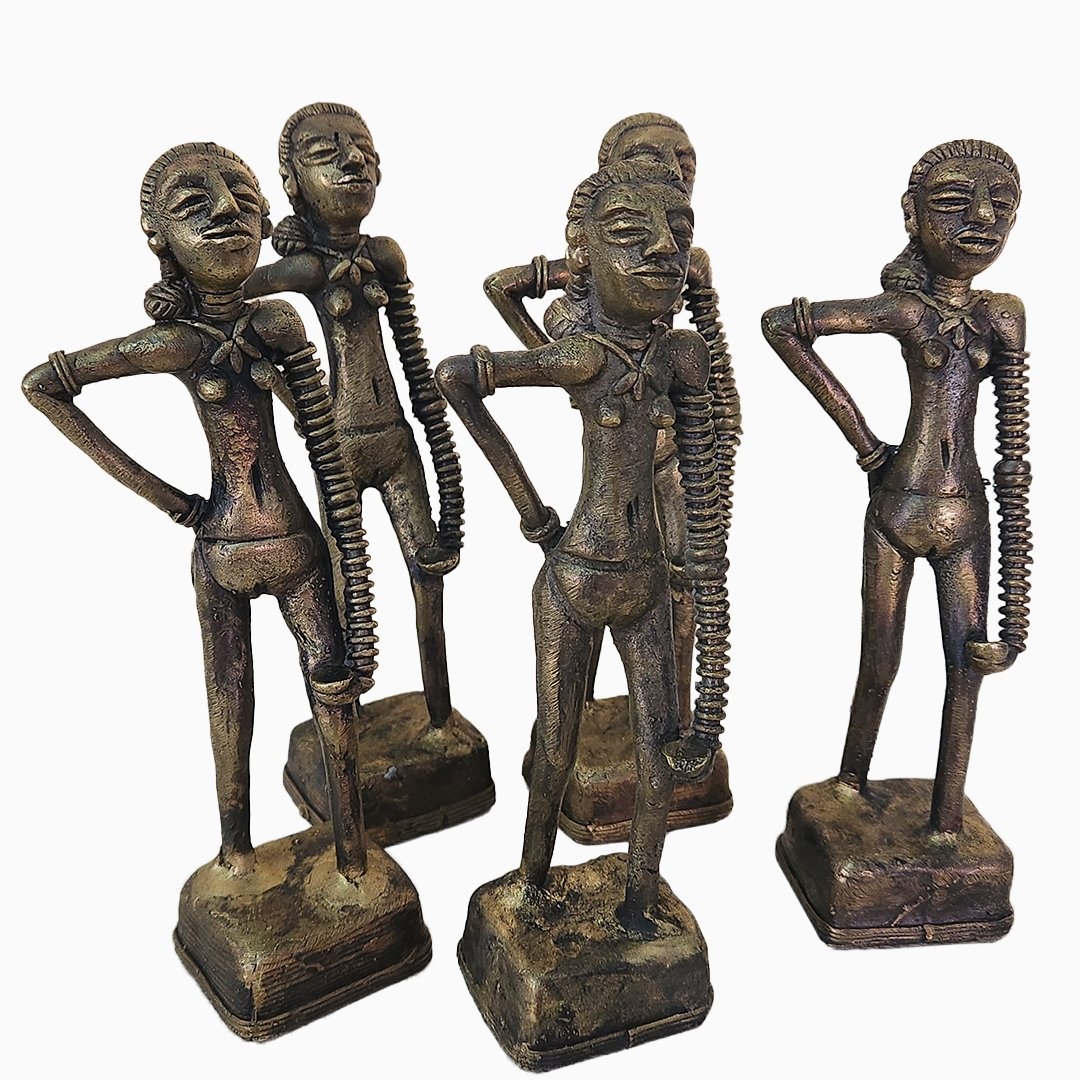Bagh Caves: The Ajanta Artists' Other Canvas
BOOKMARK
Some of India’s most stunning murals in ancient times were painted by artists who were out of work. These murals decorated the walls and ceilings of the Bagh Caves in Madhya Pradesh, painted by the same hands that made the now world-famous murals at Ajanta not too far away in Aurangabad.
The Bagh Caves are distinctly Buddhist and their exquisite paintings were crafted in the 5th-6th century CE. During that time, these master craftsmen were working on the rock-cut caves at Ajanta but were rendered unemployed when political troubles in the Vakataka kingdom of King Harishena stalled their work. So they travelled to Bagh, 300 km north of Ajanta to keep busy, and returned to Ajanta to complete their masterpieces when peace returned.
The Bagh murals must have been a sight to behold when they were made in flickering torchlight 1,500 years ago. Many are striking portraits of bodhisattvas (enlightened beings) while there are scenes of everyday life, scenes depicting the inmates of the monasteries and of the kings who patronized their art. The superb line work expertly filled in with mineral colours lends a hypnotic effect.
Researched by renowned historian Walter M Spink, the caves were built on an important trade route from the ancient city of Mahishmati in present-day Madhya Pradesh to Bharuch in present-day Gujarat.
– The cave complex was first discovered in 1818 by an English lieutenant in British-India.
In the ruins of these caves, 5th-century CE copper-plate inscriptions of a King named Subandhu, who ruled Mahishmati were found. The inscription mentions the king’s donations for the repairs of this Buddhist monastery. Interestingly, it also mentions the name of the monastery as Kalyana, built by a person named Dattataka.
Originally a group of nine caves, only four have survived. The best preserved is the second cave, known as ‘Pandavon ki Gupha’. It is a monastic hall surrounded by cells with a stupa and a striking six-pillared portico. An image of the Buddha with an attendant on either side is carved into the cave’s walls. Interestingly, a Ganesha image from a later period is also painted on the wall of this cave.
The third cave, known as ‘Hathi Khana’, once had elaborate paintings on its rocky walls. The largest cave in the complex is the fourth one, known as ‘Rang Mahal’. It has three entrances, two windows and 28 pillars supporting the roof. It still has traces of the original paintings. The fifth cave, locally known as ‘Paathshala’, has no decorative elements and is believed to have been a lecture hall.
The murals at Bagh, depicting events from the Jatakas, were made using the tempera technique, which mixes a binder with pigments so that they stick to the plaster of the wall. Unfortunately, the fragile sandstone and moisture-absorbing nature of tempera caused serious water seepage and damage over the years. To prevent further damage, the Archaeological Survey of India (ASI) removed and relocated what was left of the paintings in 1982.
Today, the original murals can be found at an ASI museum opposite the Bagh Cave complex and at the Archaeological Museum of Gwalior, Madhya Pradesh.





















